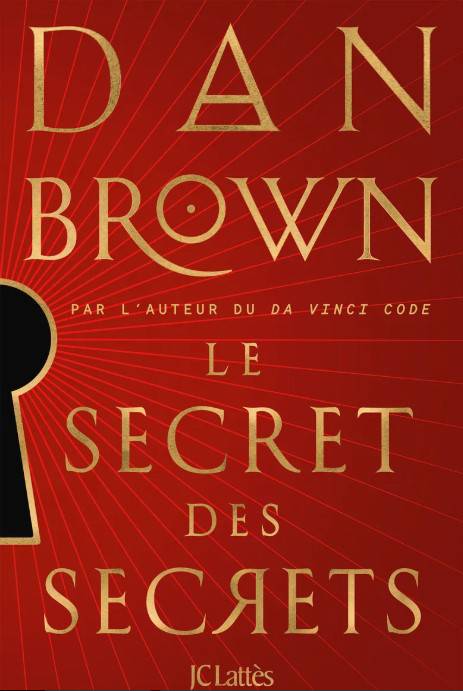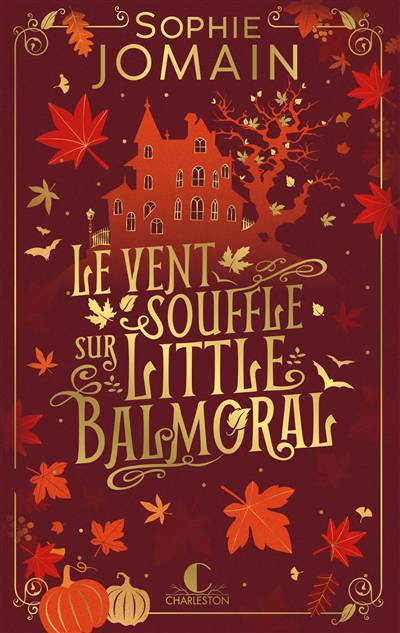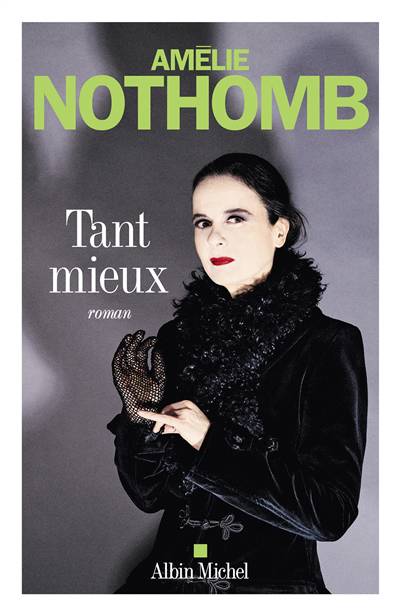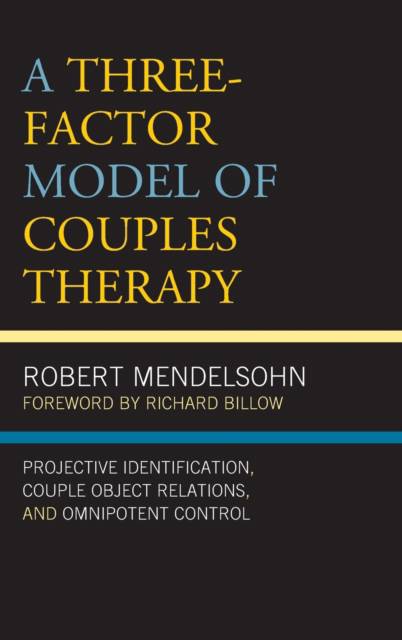
- Retrait gratuit dans votre magasin Club
- 7.000.000 titres dans notre catalogue
- Payer en toute sécurité
- Toujours un magasin près de chez vous
- Retrait gratuit dans votre magasin Club
- 7.000.0000 titres dans notre catalogue
- Payer en toute sécurité
- Toujours un magasin près de chez vous
Three-Factor Model of Couples Therapy
Projective Identification, Couple Object Relations, and Omnipotent Control
Robert Mendelsohn
208,95 €
+ 417 points
Description
In A Three-Factor Model of Couples Therapy, the author presents a new schema of psychodynamic couples therapy that includes a three-factor model for understanding and treating couples. These three factors are: projective identification, couple object relations, and omnipotent control.
Spécifications
Parties prenantes
- Auteur(s) :
- Editeur:
Contenu
- Nombre de pages :
- 284
- Langue:
- Anglais
- Collection :
Caractéristiques
- EAN:
- 9781498557078
- Date de parution :
- 07-08-17
- Format:
- Livre relié
- Format numérique:
- Genaaid
- Dimensions :
- 155 mm x 231 mm
- Poids :
- 612 g

Les avis
Nous publions uniquement les avis qui respectent les conditions requises. Consultez nos conditions pour les avis.






